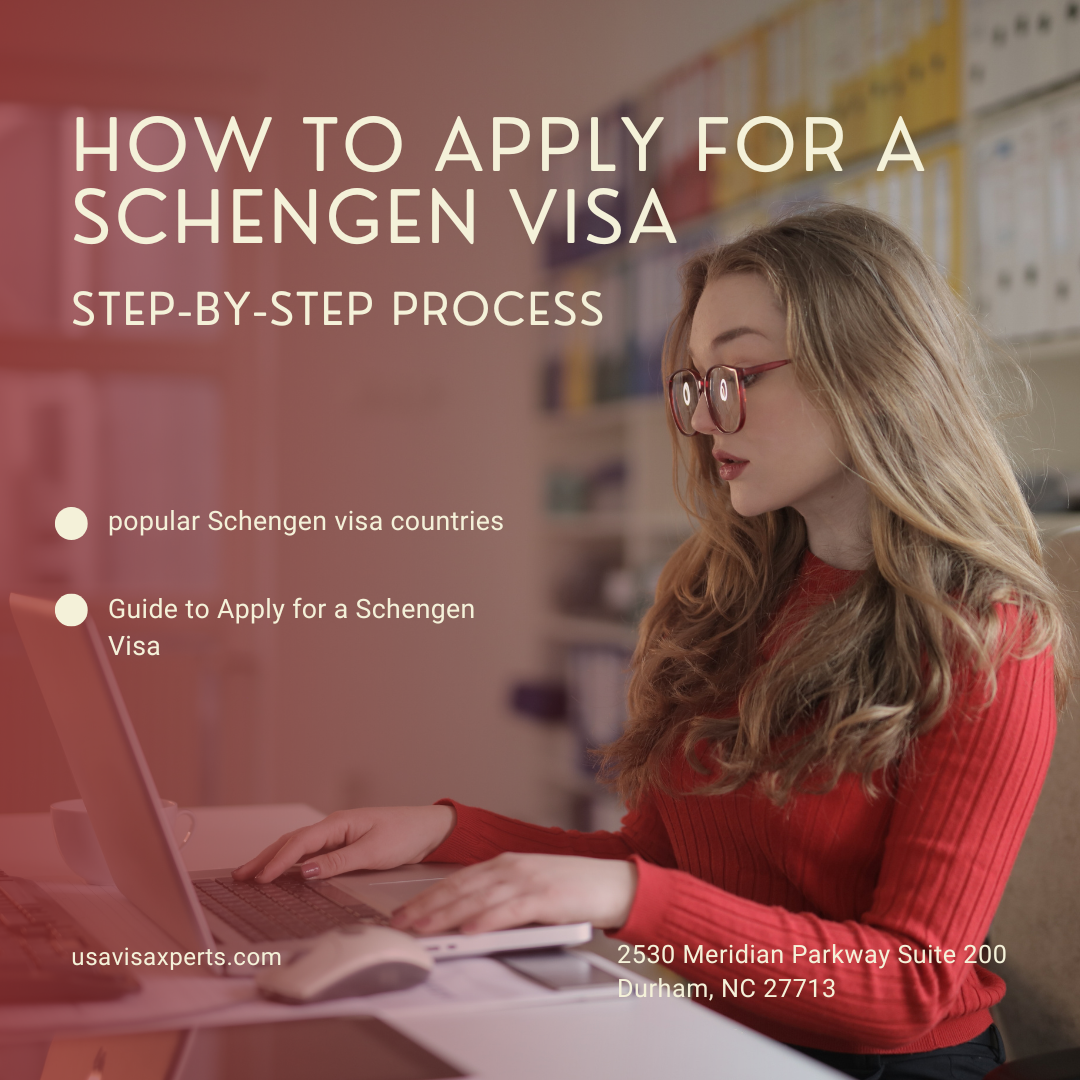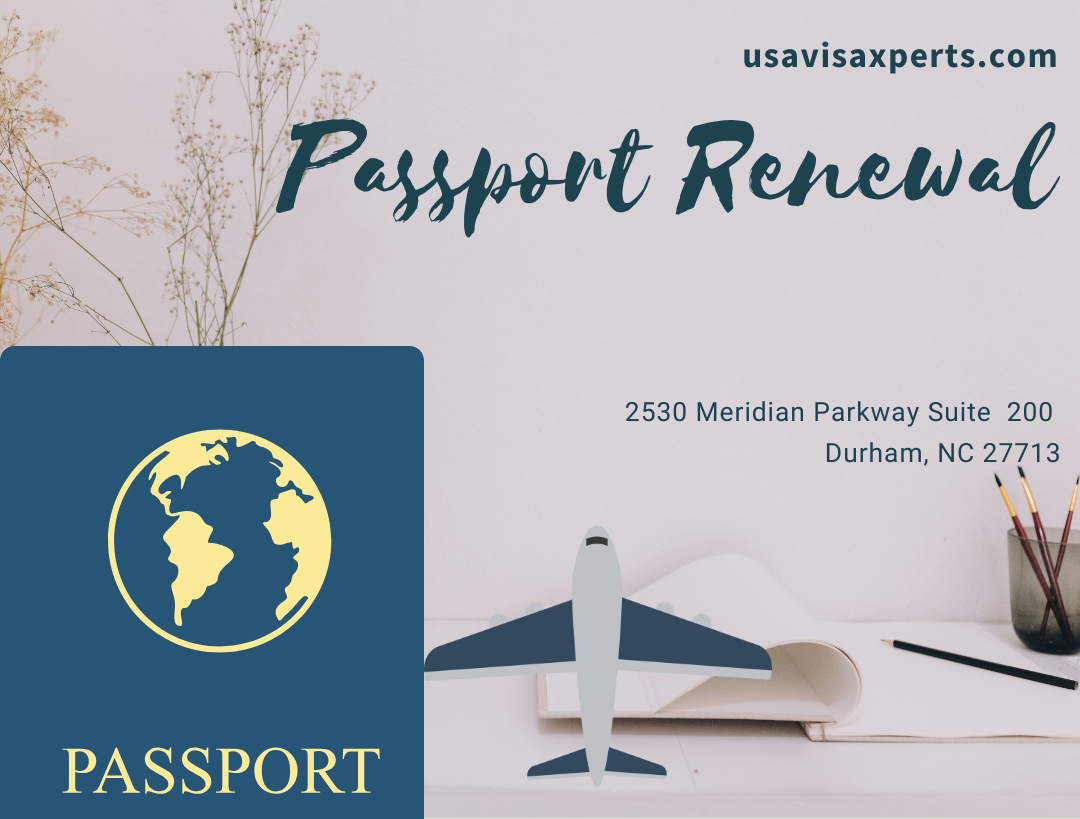U.S. Visa Ban: Updated List of Restricted Countries

- Admin
- May 23, 2025
- 0 Comments
Travel to the United States has always entailed security and visa screening, yet certain nations have tougher regulations than others. America's visa framework does encompass limitations on the nationals of certain countries because of national security reasons, diplomatic relations, or sanctions. These are designated as restricted countries in America's immigration policies.
Knowing why some nations are included in this list helps travelers and visa applicants be informed. This guide outlines the latest news on the list of countries restricted, the causes of travel restrictions, and other pertinent details.
What Is a U.S. Visa, and Who Needs One?
A U.S. visa is a paper given by the U.S. government that permits someone to enter the United States for a certain reason — for example, to visit, do business, study, or work. The majority of travelers from other nations are required to visit a U.S. embassy or consulate in order to obtain a visa before they come to the U.S.
What is Restricted Country?
Restricted nations are those whose citizens can be subject to additional scrutiny or U.S. visas denied under specific conditions. This could result from diplomatic tensions, terrorist activity, human rights abuses, or other national security considerations.
Being from a limited country doesn't necessarily mean that all visa applications are rejected. Nevertheless, applicants from these countries typically undergo more rigorous background checks and can have longer processing times.
Updated List of Countries Facing U.S. Visa Restrictions (as of 2025)
The U.S. government frequently updates its travel and visa policies. Here are countries currently facing major U.S. visa restrictions or bans:
Iran : Due to nuclear program concerns and strained diplomatic relations.
North Korea : Strict travel restrictions because of security issues and lack of diplomatic ties.
Syria : Civil war, terrorism, and unstable political conditions have led to severe restrictions.
Libya : Ongoing conflicts and risk of terrorism.
Yemen : Civil unrest and terrorist threats.
Somalia : Terrorism and weak government structure contribute to security risks.
Venezuela : Some officials face visa bans due to human rights concerns.
Cuba : Tight regulations due to political tension and security issues.
Russia : Sanctions and political conflicts, particularly following the Ukraine crisis.
Please check the U.S. Department of State's official website for the most recent list and updates.
Travel Restrictions vs. Travel Bans
There is a difference between a travel restriction and a full travel ban:
● Travel restrictions may include additional paperwork, extended background checks, or limited visa types.
● Travel bans mean travelers from certain countries are not allowed to enter the U.S. at all.
● Some countries may fall under one or both categories depending on the situation.
Which Countries Are on the U.S. Sanctions List?
The U.S. sanctions list includes nations with which the U.S. restricts economic and diplomatic relations. Some of these countries also face visa restrictions. As of 2025, key countries on this list include
● Iran
● North Korea
● Syria
● Russia
● Cuba
● Venezuela
These sanctions may impact travel, banking, trade, and even the ability of citizens to obtain a U.S. visa.
What Countries Are Avoided by U.S. Security Clearance?
If someone is applying for a sensitive U.S. government job, their background will be checked for ties to high-risk nations. Countries that often raise red flags in U.S. security clearance checks include
● China
● Russia
● Iran
● North Korea
● Syria
This does not affect ordinary travelers, but it can be an issue for jobs that involve national security or classified information.
What Is the Highest-Risk Country?
It’s difficult to name a single highest-risk country, as the answer depends on the context — terrorism, cyberattacks, or military threats. However, North Korea, Iran, and Russia are often labeled as top concerns by U.S. intelligence and diplomatic agencies.
Do Other Countries Have Travel Advisories for the U.S.?
Yes, just as the U.S. issues travel advisories for other countries, some nations have travel advisories for the U.S. due to issues like
● Gun violence
● Civil unrest
● Natural disasters (e.g., hurricanes, wildfires)
● Health emergencies (such as COVID-19)
Countries like Canada, Australia, and Germany have occasionally warned their citizens to be cautious when visiting certain parts of the U.S.
What to Do If You're From a Restricted Country
If you’re applying for a U.S. visa from a restricted country:
● Be honest and complete in your application.
● Provide all necessary documents and background details.
● Apply early, as processing may take longer.
● Consult your local U.S. embassy or consulate for guidance.
There is still a chance of approval, especially for medical, student, or humanitarian visas.
Final Thoughts
Traveling to the U.S. from a restricted country may involve more paperwork and delays, but it's not impossible. The U.S. government’s focus is on protecting national security while maintaining open doors for legitimate travelers. Always stay informed about the current U.S. visa policies and check the official U.S. State Department website for real-time updates.
By understanding travel restrictions and taking the right steps, you can improve your chances of receiving a visa — even if you’re from a country under scrutiny.





